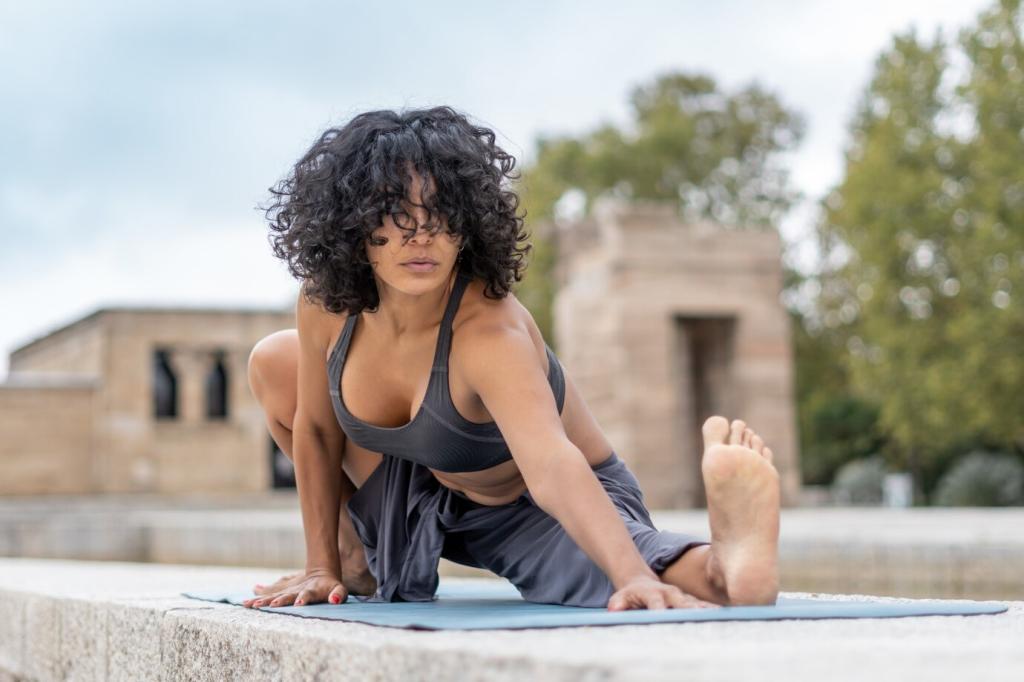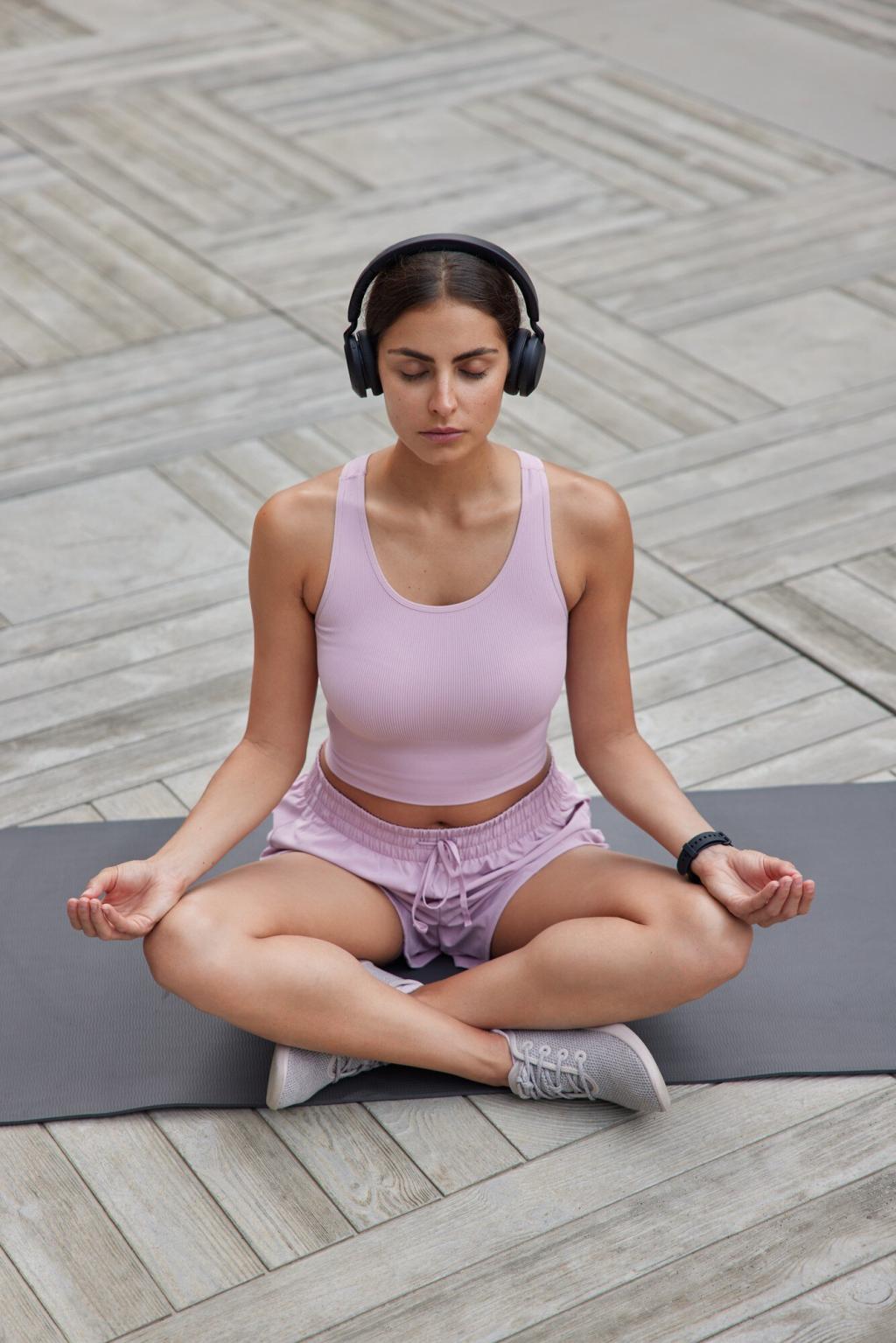Mindful Pacing and Flow in Training
Pair perceived effort with breathing ratios: easy 1:2, moderate 1:1, threshold 2:1. A rower reported smoother splits by adjusting breath instead of over-focusing on numbers, unlocking steadier power and fewer late-set surges.
Mindful Pacing and Flow in Training
Assign a single cue per segment—“tall,” “relax,” “drive.” Let attention ride that word like a rail. This trims mental noise and keeps form consistent when fatigue invites doubt. Try it, then share your best cue.





